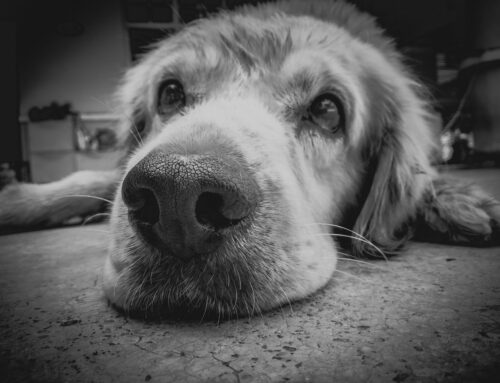Dogs and cats worldwide are increasingly struggling with obesity. It is defined as an excessive buildup of body fat, which harms their health and well-being and can result in several health conditions, including diabetes, respiratory difficulties, heart disease, and arthritis. Your pet’s longevity and quality of life are significantly decreased by obesity. Overfeeding, inactivity, and poor nutrition are just a few factors contributing to obesity.
What are the signs of obesity in dogs and cats?
To avoid and cure obesity, a prevalent issue in dogs and cats, it is crucial to be aware of the symptoms. The following symptoms of obesity are frequently seen in cats and dogs:
- Increased body weight. An increase in body weight over what is deemed appropriate for the breed and size of the animal is the most apparent symptom of obesity.
- Loss of waistline. Both dogs and cats who are obese may lose their waistlines. The animal’s physique seems rounded and lacks definition, with no obvious waistline.
- Difficulty in moving. Obesity dogs and cats may have trouble moving around and avoid strenuous activities.
- Shortness of breath. In dogs and cats, obesity can result in respiratory issues that include wheezing, panting, and shortness of breath.
- Joint problems. Due to the added weight on their joints, obese animals may develop joint issues, including arthritis.
- Excessive grooming. Due to their larger bodies, obese cats may find it difficult to groom themselves, resulting in overgrooming and hairballs.
- Abnormal eating behavior. Obesity cats and dogs could act unusually when eating, such as eating too rapidly or asking for a lot of food.
What are the dangers of pet obesity?
Due to its detrimental consequences on an animal’s health and well-being, pet obesity is an increasing worry for pet owners and veterinarians. Like with people, excessive body fat builds up in obese dogs, reducing their longevity and negatively impacting their health. Although the reasons for pet obesity are the same as those that affect people, such as overfeeding, inactivity, and a poor diet, it is essential to comprehend the risks of pet obesity to prevent and treat it appropriately.
Obesity in animals can cause several medical issues, such as diabetes, cardiovascular disease, respiratory problems, joint issues, cancer, a shortened lifespan, and a worse quality of life. The degree of obesity directly impacts the likelihood of having specific health issues. The probability of a pet getting these health issues increases with their level of obesity. For instance, obese dogs have a three times higher chance of developing orthopedic issues than non-obese dogs, and obese pets are twice as likely to acquire diabetes as pets with a healthy weight.
The quality of life of a pet can also be significantly impacted by obesity in pets. Pets who are overweight could find it challenging to run and leap, lowering their quality of life. Obesity can also result in sadness and low energy, which decreases a pet’s activity level and social contact. Ultimately, these elements may affect the relationship between a pet and its owner.
How to prevent pet obesity?
A crucial aspect of preserving pets’ health and well-being is preventing pet obesity. The following are recommendations for avoiding pet obesity:
- For dogs to stay healthy, a balanced diet that matches their nutritional demands is crucial. Choose a high-quality pet food suitable for your pet’s age, breed, and degree of activity. Avoid feeding your pet table scraps and human food, which can be harmful and heavy in calories.
- Obesity in pets is frequently brought on by overfeeding. Use measuring cups and the feeding instructions on the pet food container to ensure you give your pet the right portion size for their size and weight.
- Treats are a frequent way for dogs to consume too many calories. Choose healthful, low-calorie snacks for your pet instead, such as carrots or green beans, and limit the number of goodies you offer them.
- Pets must engage in regular exercise to stay at a healthy weight. Cats should have access to toys and recreation like dogs should get regular walks or playtime.
- To ensure your pet is keeping a healthy weight, weigh them frequently and monitor their physical condition. See your veterinarian if you detect any changes in your pet’s weight or overall health.
- Frequent veterinary checkups can aid in detecting and treating obesity and related health issues early on. Your pet’s veterinarian can also offer diet, exercise, and weight control advice.
A balanced diet, portion management, limiting treats, regular exercise, weight monitoring, and frequent veterinary checkups are necessary to prevent pet obesity. Pet owners may assist in preserving their pet’s health and well-being, lower the risk of health issues, and enhance their pet’s quality of life by adopting proactive measures to avoid obesity in dogs.





